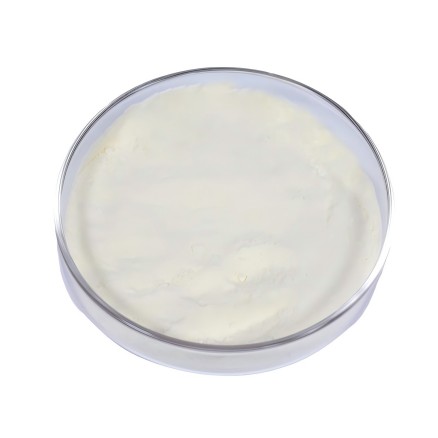UDP-Glucuronic Acid (UDP-GlcA) is an active form of glucuronic acid that is primarily involved in detoxification and glycosylation reactions in the body.


UDP-Glucuronic Acid (UDP-GlcA) CAS#2616-64-0
UDP-Glucuronic Acid (UDP-GlcA) is an active form of glucuronic acid that is primarily involved in detoxification and glycosylation reactions in the body.
UDP-Glucuronic Acid (UDP-GlcA) is a white crystal or powder that has important biological functions in the body, especially in drug metabolism and biosynthesis pathways. As a key intermediate, UDP-GlcA participates in the conversion of a variety of drugs and metabolic wastes, allowing these substances to be converted into more excretable forms by binding to glucuronic acid, thereby increasing their water solubility and facilitating excretion from the body.
Especially in the liver, UDP-GlcA binds to certain drugs and toxins to form glucuronic acid conjugates, allowing these harmful substances to be excreted from the body through urine or bile. In addition, UDP-GlcA is also an important component of a variety of essential sugar complexes, such as glycosaminoglycans (such as hyaluronic acid, chondroitin sulfate) and glycolipids. These sugar complexes play an important role in cell signaling, cell adhesion and immune response. For example, hyaluronic acid plays a moisturizing and lubricating role in skin and joint tissues, while chondroitin sulfate is an important component of cartilage matrix, which helps maintain joint elasticity and strength.
In pathogen-host interactions, the biosynthesis of UDP-GlcA is essential for pathogenicity and survival in the host. For example, some bacteria use UDP-GlcA as a precursor to synthesize their cell wall component lipopolysaccharide (LPS), which protects bacteria from attack by the host immune system and thus improves their survival. UDP-GlcA is also a precursor of glycosphingolipids (such as gangliosides), which play an important role in cell membrane structure and are involved in intercellular signaling and recognition. The biotransformation of UDP-GlcA also includes its role as a precursor of galactose and UDP-glucuronic acid, which is generated by the action of glycosyltransferases into polysaccharides containing galactose and glucuronic acid, such as certain proteoglycans, which play an important role in tissue repair, cell growth and anti-inflammatory response.
Our professional sales team are waiting for your consultation.